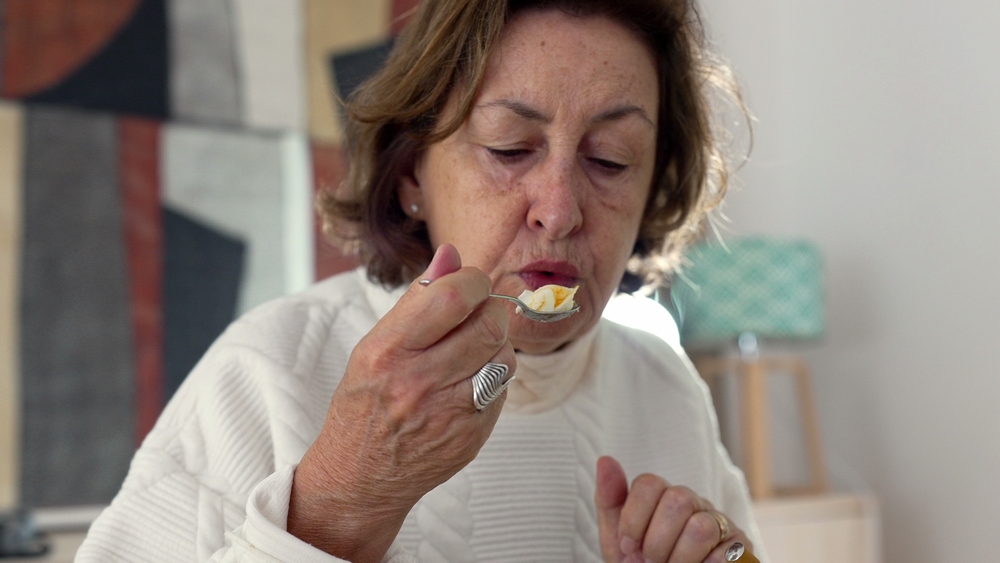A Restless Legs Syndrome Diet for Better Sleep
Category:

According to The National Institute of Neurological Disorders and Stroke, restless legs syndrome (RLS), sometimes called Willis-Ekbom disease, often causes unpleasant or uncomfortable sensations in the legs and an irresistible urge to move them. Symptoms usually occur around late afternoon or evening, and they are often most severe at night when sitting or lying in bed. Perhaps these symptoms sound familiar to you? If so, you’ve likely been dealing with RLS.
Technically classified as a sleeping disorder, RLS affects around 7%-10% of the United States population and can begin at any age. For seniors in particular, RLS can have a large impact on their regular sleeping habits and become rather painful. Furthermore, many people fail to recognize the symptoms of RLS and end up frustrated and exhausted by the constant discomfort. As the experts at Snore Nation explain, “Although sleep is one of our most basic human needs, almost all of us will experience some form of sleep disorder at some point in our lives. It’s important to understand the difference between the occasional bad night of sleep and chronic sleep disturbances that can be labeled as a disorder.” Luckily, RLS can often be treated with some diet and lifestyle changes, meaning you’ll be enjoying a great night of sleep sooner than you think.
Foods That Cause Restless Legs Syndrome
Our diet can affect several aspects of our health, including RLS. According to experts at Healthline, certain foods and beverages containing caffeine can stimulate your nerves and contribute to RLS. In addition to limiting tea, coffee, and chocolate, they recommend avoiding fattening items such as fried foods, processed foods, and foods high in sugar, as obesity can increase your risk of RLS.
Foods That Help with Restless Legs Syndrome
Including foods that will help combat the symptoms is just as important as reducing certain foods that cause RLS. Did you know that having an iron deficiency can be a leading cause of RLS? Iron helps transport oxygen throughout the body, which can help calm nerves during sleep. Coincidentally, anemia is an extremely common problem for seniors. As such, seniors battling with RLS should consider indulging in more iron-rich foods. This includes: red meat, fish, poultry, green leafy vegetables, and pretty much all kinds of beans. Another mineral, magnesium, can help with RLS, so nuts, seeds, and unrefined grains would be a great addition to your diet.
Download the Free Healthy Aging Diet Guide
Other Ways to Manage Restless Legs Syndrome
In addition to dietary changes, RLS can be managed by engaging in regular exercise and using some at-home tools. Investing in a foam roller or a weighted blanket can work in tandem with a healthy diet to reduce or diminish the symptoms of RLS. Foam rollers can be used right before bed to massage the affected areas and relax the muscles. For weighted blankets, as experts at Mattress Advisor explain, “the deep pressure touch a weighted blanket provides is called ‘grounding’.” This grounding helps fight stress, anxiety, and depression, which can cause RLS. It’s also recommended to stop smoking and talk to your doctor about other medication options if you feel that yours could be contributing to RLS.
Sleep is essential but not always a given. Restless legs syndrome can be exhausting to deal with, but there are ways to manage it. Diet is imperative, but it’s also worth investing in other resources to help you fight the battle toward a more fulfilling, restful sleep.
Subscribe
Date: 2018-03-22
Category:


